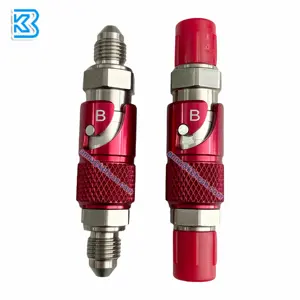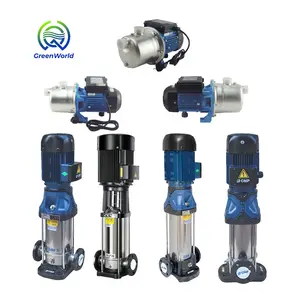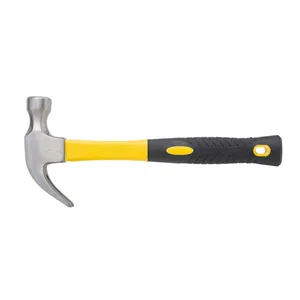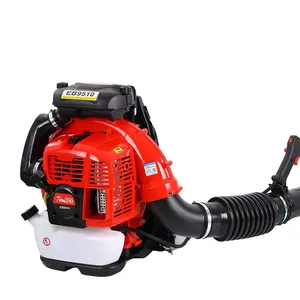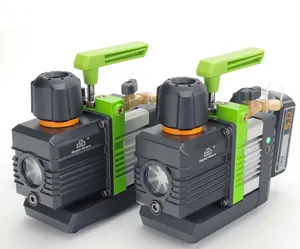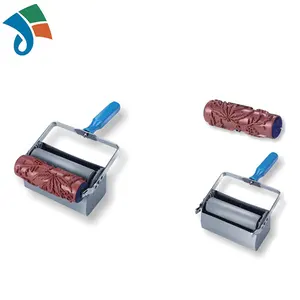Popular in your industry
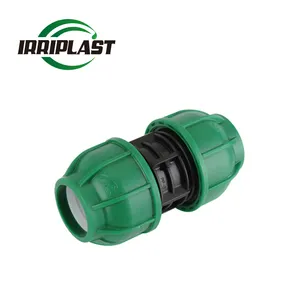








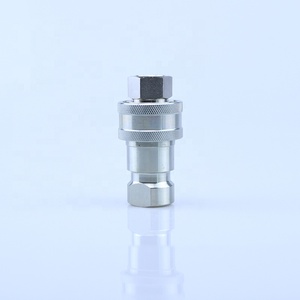























































Related Searches:


































































































































Top categories
About water line quick connect
Introduction
Plumbing, an essential component of modern civilization, has evolved significantly over the centuries. However, traditional plumbing systems often present challenges such as leaks, drips, and maintenance difficulties. Enter the era of Quick Connect technology, a revolutionary approach that simplifies and enhances the plumbing process. This article delves into the history of plumbing, the advent of Quick Connect technology, and its application in water line systems. We'll explore how this innovative technology is transforming the plumbing industry, making installations and maintenance more efficient and user-friendly.
The Evolution of Plumbing
Plumbing, a crucial element for civilization's survival, originated during ancient times. The Greek, Roman, Persian, Indian, and Chinese civilizations each developed unique methods to irrigate crops, provide public baths, remove wastewater, and supply portable water. These historical events have significantly shaped the modern plumbing systems we use today.
The Challenges of Traditional Plumbing
Traditional plumbing problems are often inevitable, ranging from dripping faucets to leaky pipes, running toilets, low water pressure, and water heater issues. These problems can be caused by aging fixtures, normal wear and tear, improper installation, or even how the systems are used and maintained. For instance, dripping faucets can be due to a worn-out washer or O ring, while leaky pipes can result from clogs, incorrect pipe laying, or pipe corrosion. These common issues need to be addressed promptly to prevent further damage to the plumbing system and the home.
The Advent of Quick Connect Technology
The advent of Quick Connect technology can be traced back to an automotive supplier salesman who identified a need for a more efficient fitting system and developed the first Quick-Connect fitting. This leak-proof male/female fitting system snapped together without any special tools. The design was quickly adopted by numerous automotive manufacturers. Later, the application of this technology was extended to various industries, leading to the development of a full line of Quick-Connect fittings. These fittings, made of durable materials, can handle up to 200 PSI from water, oil, or fuel.
Understanding Water Line Quick Connect
Our Quick Connect line provides fast, removable, reusable connections for various types of conduits. The technology is designed for hassle-free applications, perfect for tight spaces, and requires no glue, flames, or additional tools. The fittings are durable, removable, and reusable, offering a practical solution for various plumbing needs. Our patented push fitting technologies offer a full-range of high-quality plumbing fittings and valves that are quick and easy to install.
How Quick Connect Works
Push-to-connect fittings, also known as quick connect fittings, are universal pipe fittings that can be installed without the use of special tools. A mechanism inside the fitting locks the pipe using pressure inside the plumbing system, eliminating the need for soldering, crimping, or gluing. This type of fitting is a popular choice for DIY plumbers due to its simplicity and time-saving installation process. Despite the brand, all quick connect fittings have an internal structure that provides a water-tight seal to the piping.
Types of Quick Connect Fittings
Quick connect fittings, also known as quick couplings, are connectors used to join fluid lines with equipment. They are designed for ease of use without tools and connect with a simple push. There are several types of quick connect fittings, including Double-end shutoff (DESO), Single-end shutoff (SESO), and Full flow quick connects. DESO quick connects have valves that close when uncoupled, retaining fluid pressure. SESO quick connects have one valve to prevent fluid escape, used in low-pressure applications. Full flow quick connects allow fast connection and disconnection without tools, providing full flow capacity.
Revolutionizing Your Plumbing with Quick Connect
The Push-to-Connect PVC Transition Coupling is a game-changer in the world of plumbing. This fitting allows for a seamless transition from PVC pipe to PEX, copper, CPVC, PE-RT, or HDPE pipe. The best part? No special tools, crimping, glue, or soldering is required. This innovative technology is approved to be used behind walls without access panels, revolutionizing traditional plumbing methods and making installations and maintenance a breeze.
Benefits of Quick Connect in Plumbing
Quick disconnects enhance equipment functionality and manufacturing efficiency. They are designed to prevent spills, reducing chemical exposure and ensuring a cleaner environment. They significantly reduce air inclusion in the system, improving performance. Their ergonomic designs facilitate easy connection and disconnection, even with gloves on. Quick connect couplings minimize downtime, offer longevity, and eliminate accidental disconnections. They can also be equipped with RFID capabilities for increased safety and authenticity, reducing exposure to product liability claims.
Installation and Maintenance of Quick Connect Systems
Installing our Quick Connect connections is a simple four-step process. First, cut your tubing using a sharp cutter. Second, ensure the connected surface is clean, burr-free, and devoid of foreign materials. Third, mark the insertion depth on the tubing to guide proper insertion. Finally, push on the fitting or valve until it meets the insertion depth mark. These fittings are not only easy to install but also removable and reusable, making maintenance a breeze.
Real-world Examples of Quick Connect in Action
In a real-world example, a plumbing company used push-to-connect fittings for a residential plumbing service job. The task involved running a new water line to a customer’s crawl space for a new garden spigot. The fittings allowed for efficient installation, connecting to existing CPVC and PVC without waiting for solvent cement connections to dry. The use of these fittings reduced the job site time by about two hours, nearly halving the typical on-site time.
Conclusion
Quick Connect technology has revolutionized the plumbing industry, offering a practical, efficient, and user-friendly solution to traditional plumbing challenges. From its origins in the automotive industry to its application in water line systems, Quick Connect has proven to be a game-changer. Its benefits include easy installation and maintenance, enhanced equipment functionality, and improved manufacturing efficiency. Real-world examples demonstrate the significant time and effort savings this technology offers. As we move forward, Quick Connect technology will continue to redefine our approach to plumbing, making it more accessible, efficient, and environmentally friendly.
